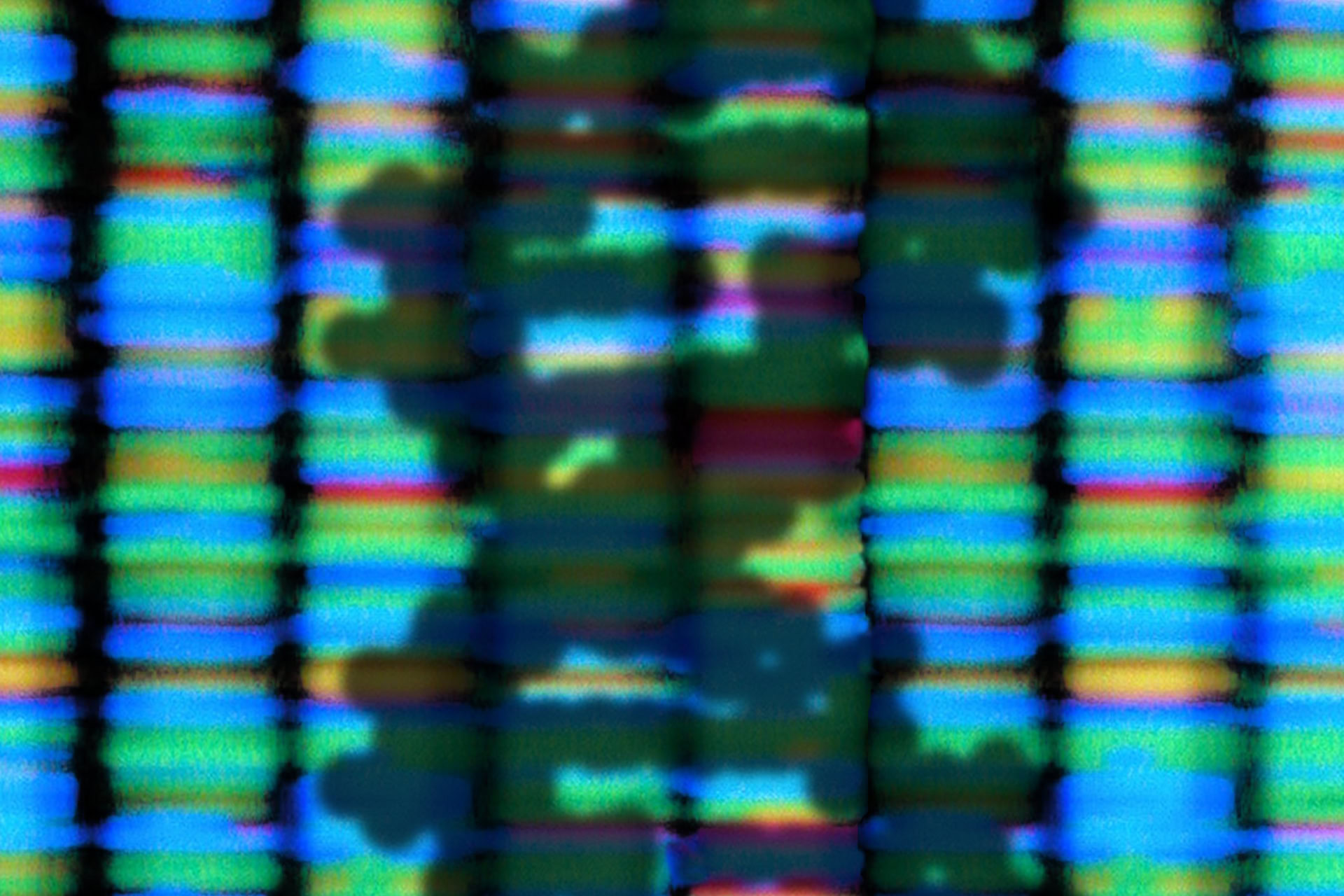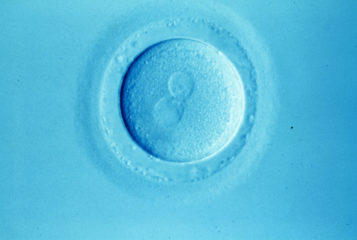The early narrow definition of autism emerged out of the psychiatry of the pre-war years and became widely accepted in the post-war decades. While research revealed a substantial genetic contribution to autism, in the late twentieth century there was an upsurge in the diagnosis of autism, particularly among 'higher functioning' individuals, and the concept of the 'autistic spectrum' became established.
In 1943 Leo Kanner, America's leading child psychiatrist, famously described eleven cases of autism, in children who would now be categorised as being on the 'severe' end of the autistic spectrum. They were characterised by extreme social disengagement, lack of serviceable language and what would now be labelled as 'severe learning difficulties'. Kanner's conceptualisation of autism emerged from the focus of early twentieth century psychiatry on the 'feeble-minded' and the 'delinquent', mostly confined to institutions, and extending gradually from adults to children. The key features he emphasised were the 'extreme aloneness' of the children and their commitment to 'sameness', to obsessional rituals and routines.
The labels of Asperger's syndrome or 'high-functioning' autism became increasingly popular in the 1990s, reflecting the apparent affinity of a particular autistic cognitive style for the new information technology. Though Asperger's work was first published in 1944 (in German) it did not become known in the English speaking world until the 1980s. Asperger's children also displayed inappropriate social behaviour and an intense commitment to circumscribed interests, but unlike Kanner's cases they usually had language (though often of a stilted and idiosyncratic character) and scored in the normal range in tests of intelligence (though often unevenly, with localised strengths and weaknesses).
The concept of autism as a strongly genetically-determined disorder has emerged over recent decades from a number of lines of research. Autism has been found to coexist with a number of recognised genetic conditions (such as Down syndrome and Fragile X, tuberous sclerosis), accounting for around 10 per cent of all cases of autism. Family and twin studies have helped to clarify the relative importance of genetic factors. The upsurge in genetic research around the Human Genome Project since the 1990s, has encouraged the application of a range of increasingly sophisticated techniques to the elucidation of the genetic basis of autism.
Yet social factors have made an important contribution to the increasing prevalence - and visibility - of autism. In 2001, journalist Steve Silberman coined the term 'Geek syndrome' to explain the apparent dramatic increase in the prevalence of autism in the 'Silicon Valley' region of California. He speculated that the area's high tech industries had attracted people with the 'engineer's disorder' of 'high-functioning' autism from all over the world. The highly ordered systems of the new information technology place a premium on visual modes of thinking, and the intense attention focus and perceptual speed characteristic of high-functioning autistics. For Silberman the 'flattened workplace hierarchy' typical of the new IT world was 'an Asperger dream'. In Silicon Valley, argued Silberman, 'geekitude', having become a guarantee of financial success, also became 'sexy'. He suggested that the mutual attraction of geeks had led, by a process of 'assortative mating', to a higher concentration of 'autistic genes', providing one explanation for the California 'epidemic'.
Silberman's reflections derived academic authority from the writings of Cambridge autism specialist Simon Baron Cohen who has argued the case for redefining high functioning autism as a 'difference' rather than a 'deficiency', emphasising the advantages of a highly 'systematising' outlook in particular spheres of employment. He suggests that, in the world of business, 'a mathematical bent for estimating risk and profit, together with a relative lack of concern for the emotional states of one's employees or rivals, can mean unbounded opportunities'.
The concept of the autistic spectrum and the expansion in diagnosis resulting from growing public and professional awareness has reduced the marginalisation of people with autism. On the other hand, the tendency to label as autistic every absent-minded professor and eccentric scientist, and every obsessive engineer, train-spotter and stamp-collector (compounded by the vogue for identifying historical figures and even contemporary celebrities as autistic) carries the danger that the spectrum becomes stretched so wide that autism loses its distinctiveness. 'Normalising' autism may reduce stigma, but at the risk of trivialising the problems of those with more severe cognitive deficits and also of under-estimating the extreme aloneness that results from the social impairment of autism, even in higher functioning individuals.
Dr Michael Fitzpatrick spoke at the Progress Educational Trust (PET) event From Autism to Asperger's: Disentangling the Genetics and Sociology of the Autism Spectrum. He is author of Defeating Autism: A Damaging Delusion (buy this book from Amazon UK or Amazon USA) and MMR and Autism: What Parents Need to Know (buy this book from Amazon UK or Amazon USA).
An edited version of this article forms part of a School Resource Pack created by PET as part of its project Spectrum of Opinion: Genes, Autism and Psychological Spectrum Disorders.





Leave a Reply
You must be logged in to post a comment.